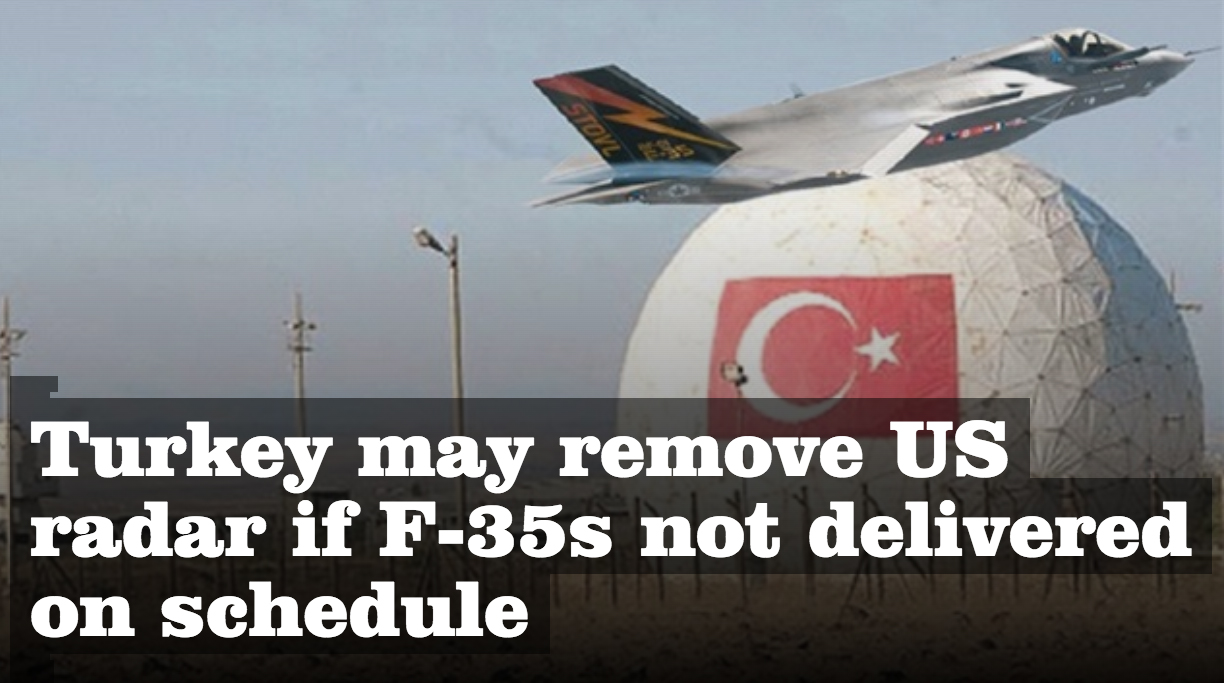ENGLISH
Turkey may remove US radar if F-35s not delivered on schedule
In a bid to dissuade Turkey from going forward with the purchase of the powerful S-400 missile defense system, the U.S. had warned that such a move “would jeopardize the sale of F-35 fighter jets to Turkey.”
As the U.S. and NATO pressure mounts on Turkey to stop the purchase of the powerful S-400 missile system from Russia, the American administration has threatened that it may not go forward with a plan to deliver F-35 fighter jets ordered by Turkey.
In retaliation to the American blackmail, Ankara may take measures of its own in response, atop of which is the possible dismantling of the powerful Malatya- Kürecik AN-TPY-2 radar that was set up by the U.S. in 2012.
In a bid to dissuade Turkey from going forward with the purchase of the powerful S-400 missile defense system, the U.S. had warned that such a move “would jeopardize the sale of F-35 fighter jets to Turkey.”
Ankara has taken the heat for Kürecik radar
In the event that the U.S. violates its agreement with Turkey regarding the F-35 fighter jets deal, this will lead to Israel being widely exposed to ballistic missile threats, as the Kürecik radar, which has been set up with the purpose of detecting any missile fired at Israel, is capable of spotting all types of flying objects or projectiles at high altitudes and at a maximum distance of 1,000 kilometers, which chiefly covers Iran, among other countries in the region.
As part of its agreements with NATO, Turkey has given permission for the deployment of the radar to its territory, much to the dismay of Russia and Iran, who expressed their sharp opposition to such a move.
Faced with growing pressure from Tehran and Moscow for the sake of the security of the NATO alliance, Turkey will not bow to the U.S.’s blackmail attempts by using the S-400 deal as a pretext to renege on the F-35 jets agreement.
Israel will become blind
Thanks to the radar located in Kürecik, the entire western territories of Iran, all the way to the borders of Tehran are visible to NATO. Other radars in the region that boast similar features are located in Israel, Jordan, Qatar and the UAE. However, the range of Israel’s 1300-kilometer radar is only capable of reaching Iran’s borders. The ones set up by the U.S. in Qatar and the UAE, which aren’t part of NATO, are only capable of observing as far as Iran’s southern regions.
In case Turkey decides to dismantle the Kürecik radar in response to the ongoing attempts by the U.S. to use the F-35 jets to blackmail Turkey, Israel will lose its “early warning system” in case of a missile launch from eastern or northern Iran.
Despite the fact that the S-400 missile defense system will run independently from the NATO network, the F-35 jets deal is being used to blackmail Turkey, whose patience is thinning after multiple attempts to block the purchase of the advanced Russian system.
By 2030, Turkey is scheduled to receive a total of 116 fifth generation F-35 fighter jets, parts of which are produced domestically by TAI-TUSAŞ.
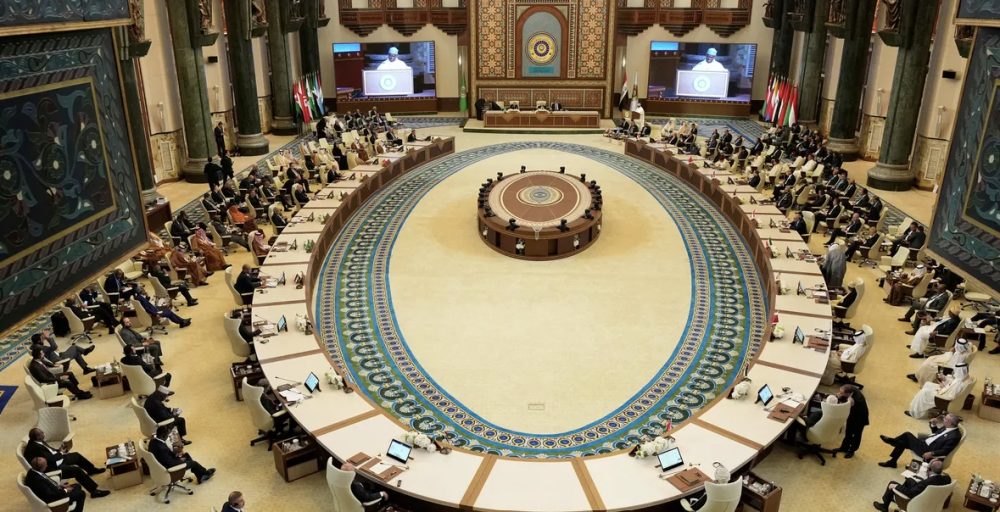
31 Arab, Muslim countries condemn Netanyahu's 'Greater Israel' goals

“Love in Scutari” Continues to Attract International Literary Attention
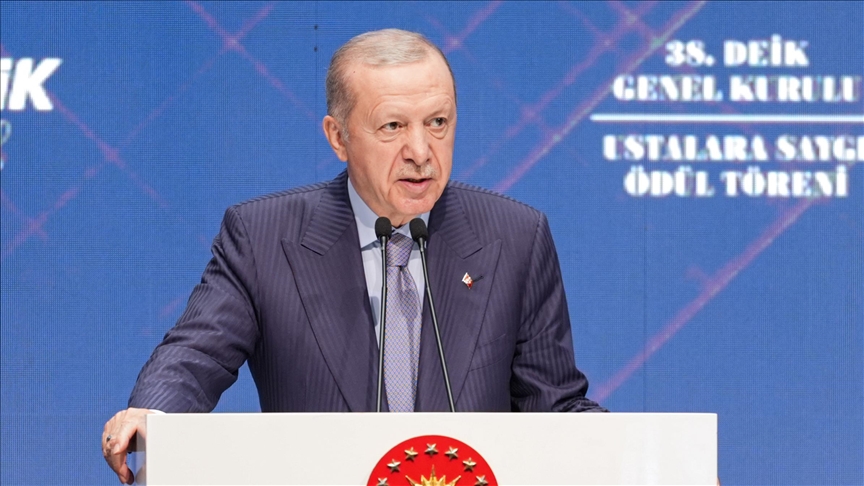
Geopolitical risks that began with Gaza genocide escalated by Israel’s regional attacks: Turkish president

Gaza death toll nears 61,400 amid Israel’s genocidal war

A Rise of Islamophobia in Canada

Turkish Technology Professionals from Around the World Meet on the TurkTechDiaspora Platform

Gaza death toll nears 53,300 as Israel continues its genocidal war
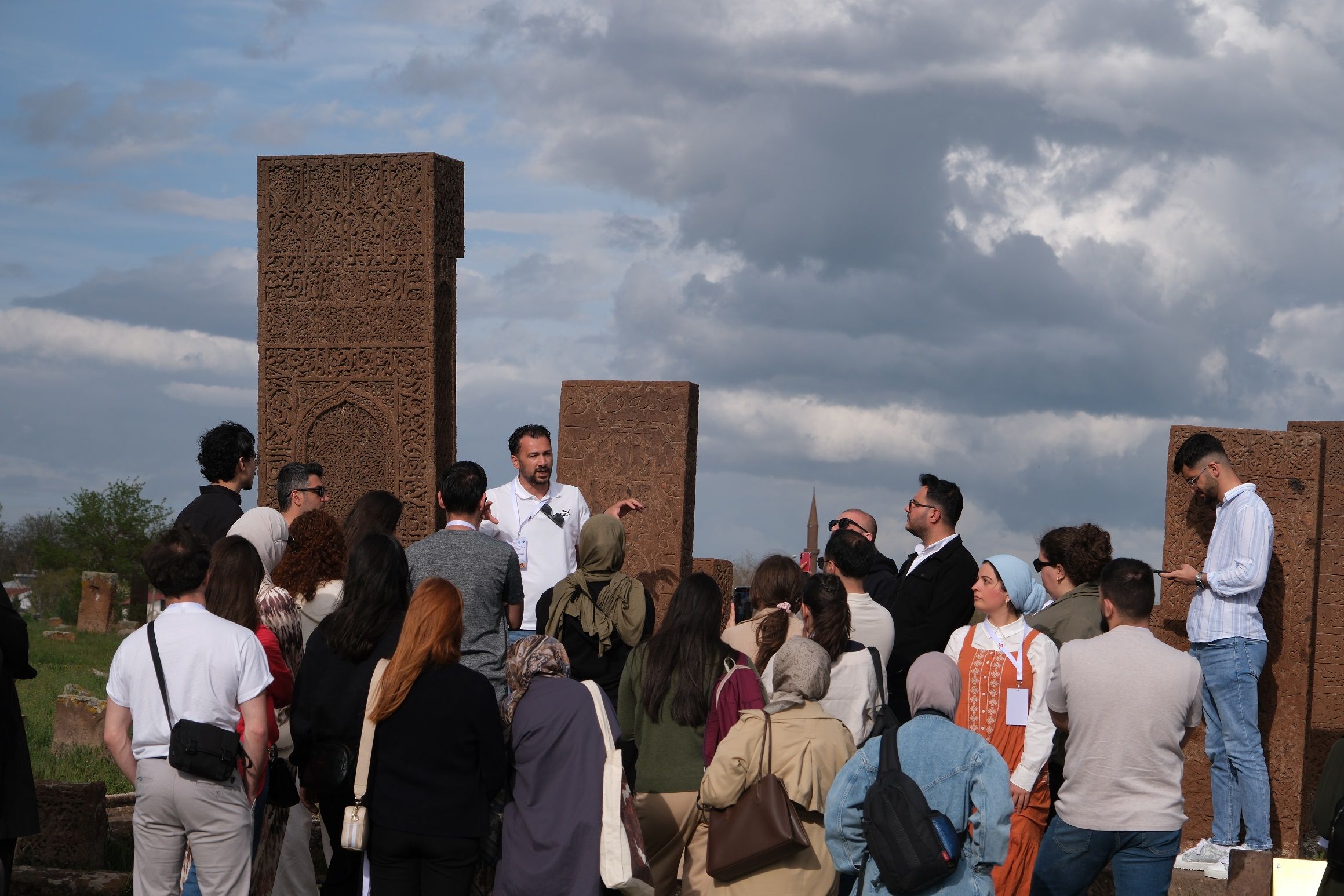
YTB sheds light on the Armenian issue in the shadow of historical sites

Police warn of 'distraction thefts' targeting Muslim community

Fired Microsoft employees accuse company of enabling Israel’s attacks on Gaza
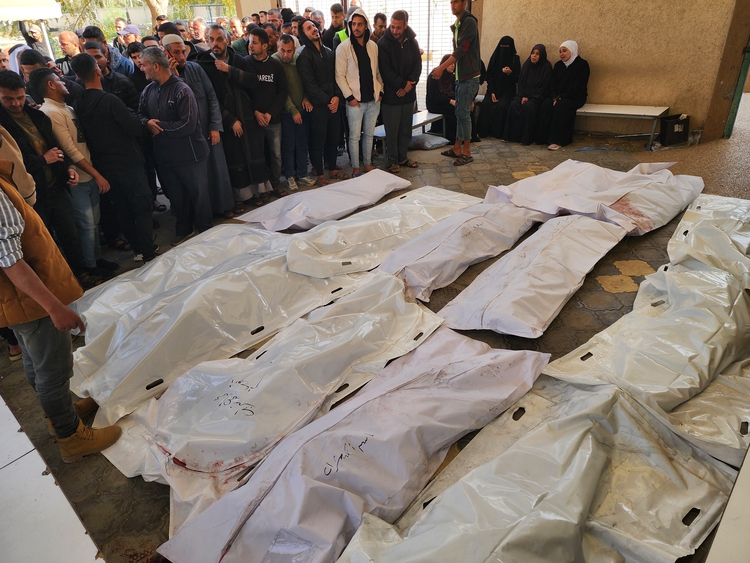
Gaza death toll tops 51,100 as Israeli army kills 92 more Palestinians

Gaza death toll passes 50,500 mark amid ceaseless Israeli attacks

Islamophobia and anti-Palestinian racism in Canada higher than after 9/11, warns expert

International students in Türkiye embrace Ramadan traditions away from home


